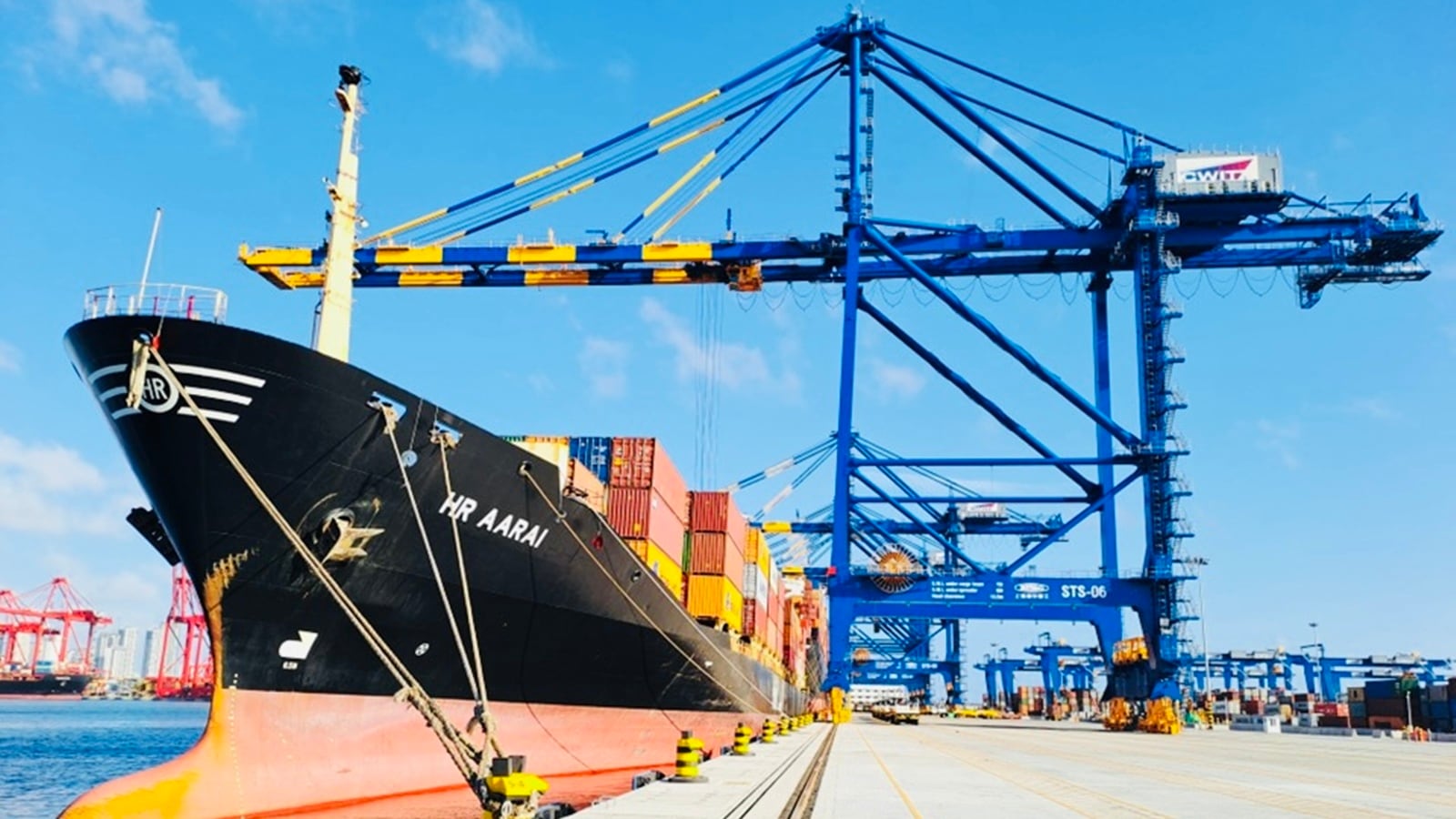
AI Investment Boom: Lessons from the Dot-Com Era
The International Monetary Fund (IMF) has issued a warning regarding the increasing investment in Artificial Intelligence (AI), stating that it is reminiscent of the dot-com boom of the late 1990s. The IMF's report emphasizes that if the high expectations surrounding AI do not materialize, financial markets could experience a significant downturn. The parallels drawn between the current AI surge and the dot-com era highlight the potential risks involved.
The IMF noted that optimism surrounding new technologies, similar to the internet boom back then, is driving up stock valuations and fueling an investment boom focused on technology. Major global corporations, including Google, are making substantial investments in AI. For instance, Google recently announced a $15 billion investment to establish an AI data center in Andhra Pradesh, marking its largest investment in India to date.
Investment in AI has skyrocketed globally, with the Stanford University AI Index Report indicating that private investment in AI reached $109.1 billion in the US in just 2024. While China and the UK have also seen significant investments, India stands out by securing $11.3 billion in private AI investment from 2013 to 2024, ranking seventh globally. This highlights India's growing role in the global AI landscape.
Despite the promising growth, the IMF cautions that the current investment boom could lead to a market correction, similar to what occurred after the dot-com bubble burst between 2000 and 2002. If AI technologies fail to deliver on their high profit expectations, we could witness an abrupt repricing of technology stocks, which may adversely affect household wealth and overall consumption in the economy.
As the AI sector continues to expand, it not only contributes to technological advancements but also plays a crucial role in supporting economic growth. For example, the US economy grew by 3.8 percent year-on-year in the second quarter of 2025, driven in part by the ongoing AI investment boom. However, the risks remain, as a correction in the market could have broader implications for macro-financial stability.
As we observe the unfolding AI investment landscape, it is essential for investors and policymakers to remain vigilant. Understanding the historical context of past investment bubbles, such as the dot-com boom, can provide valuable insights into navigating the future of AI investments and ensuring that the benefits are realized without falling into the pitfalls of overvaluation.













